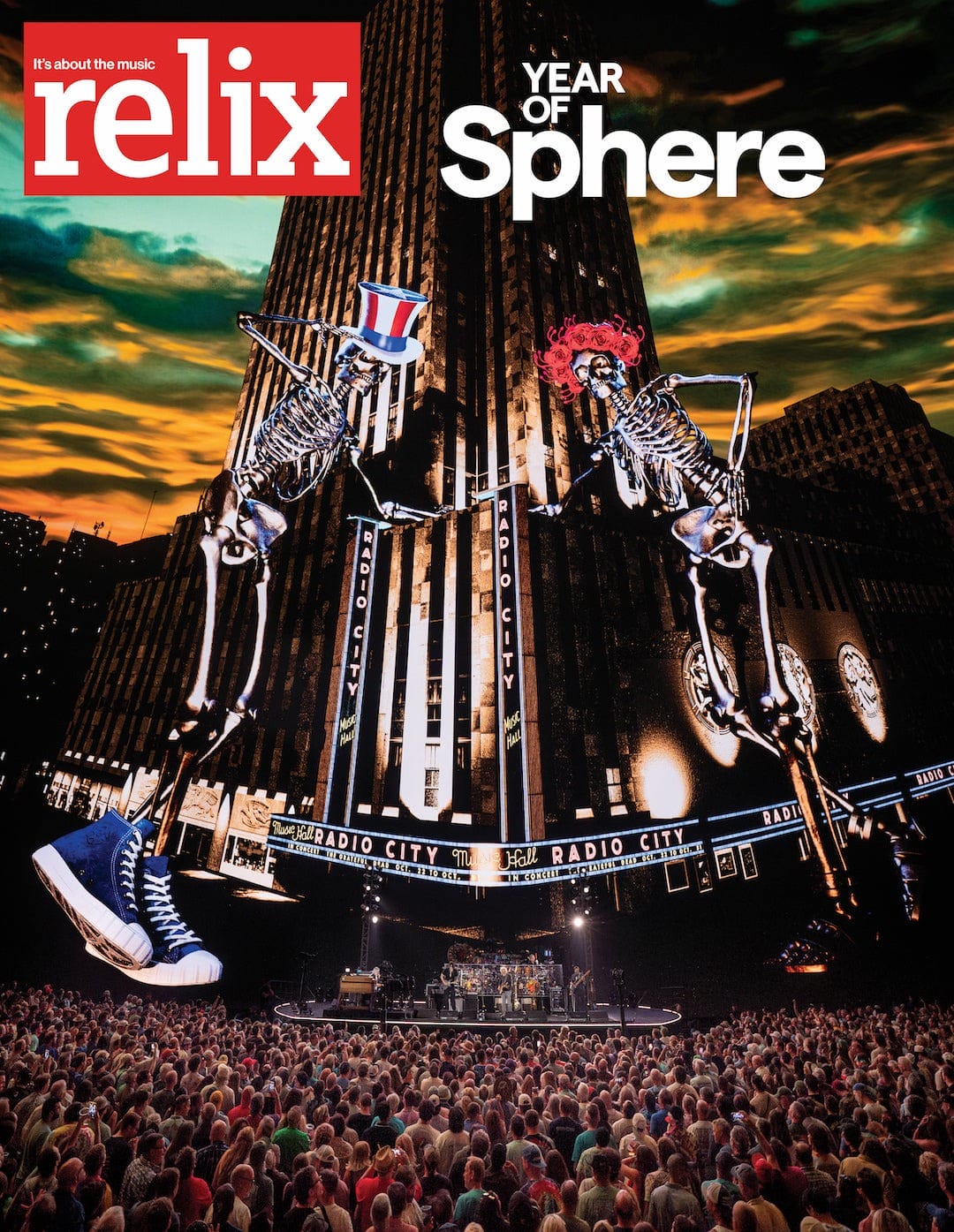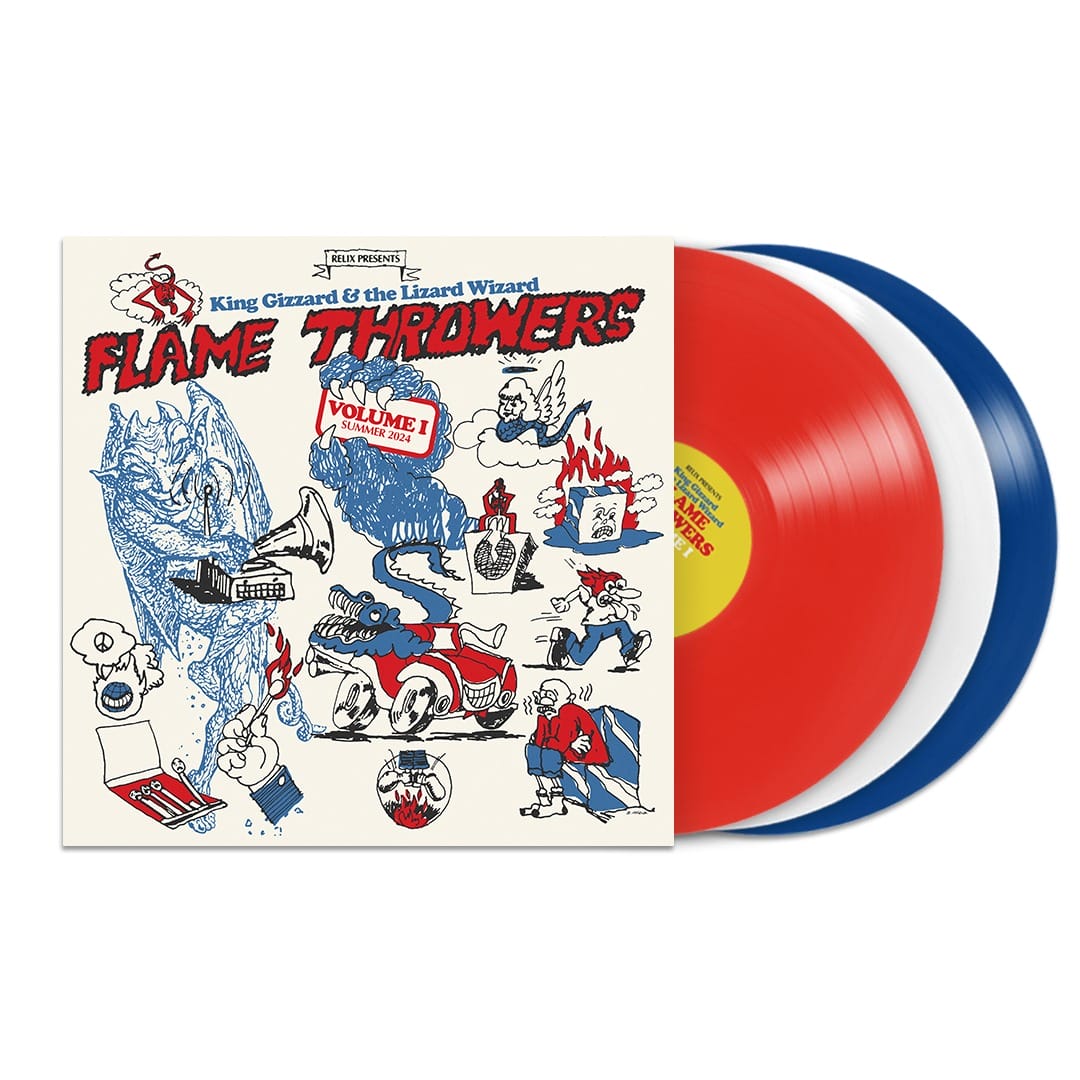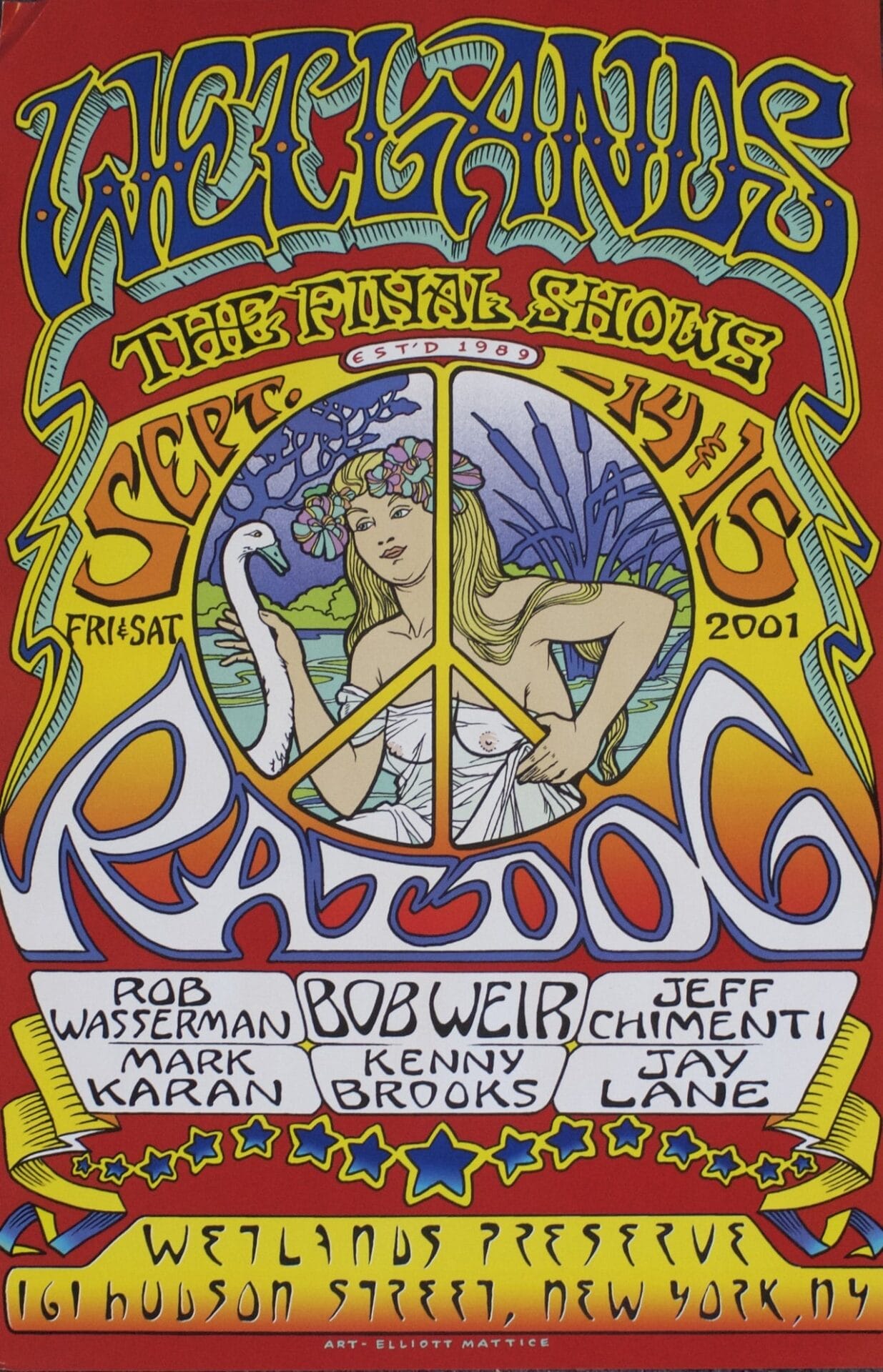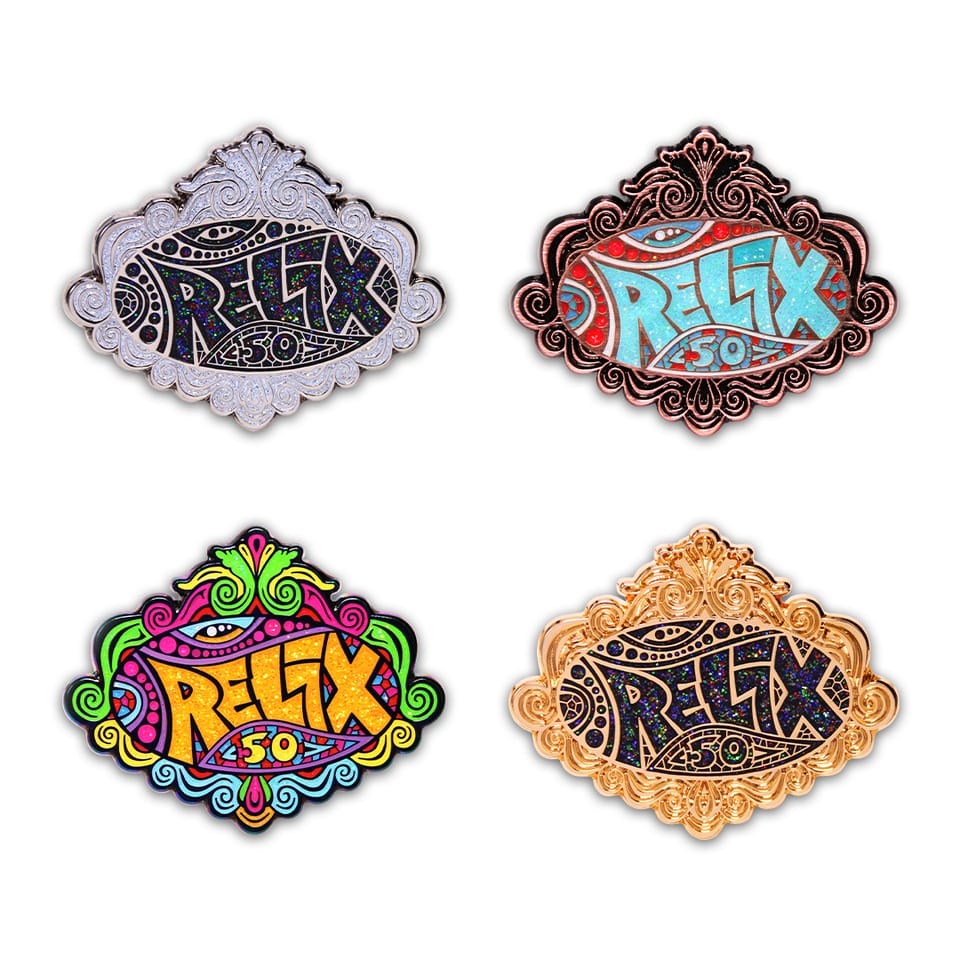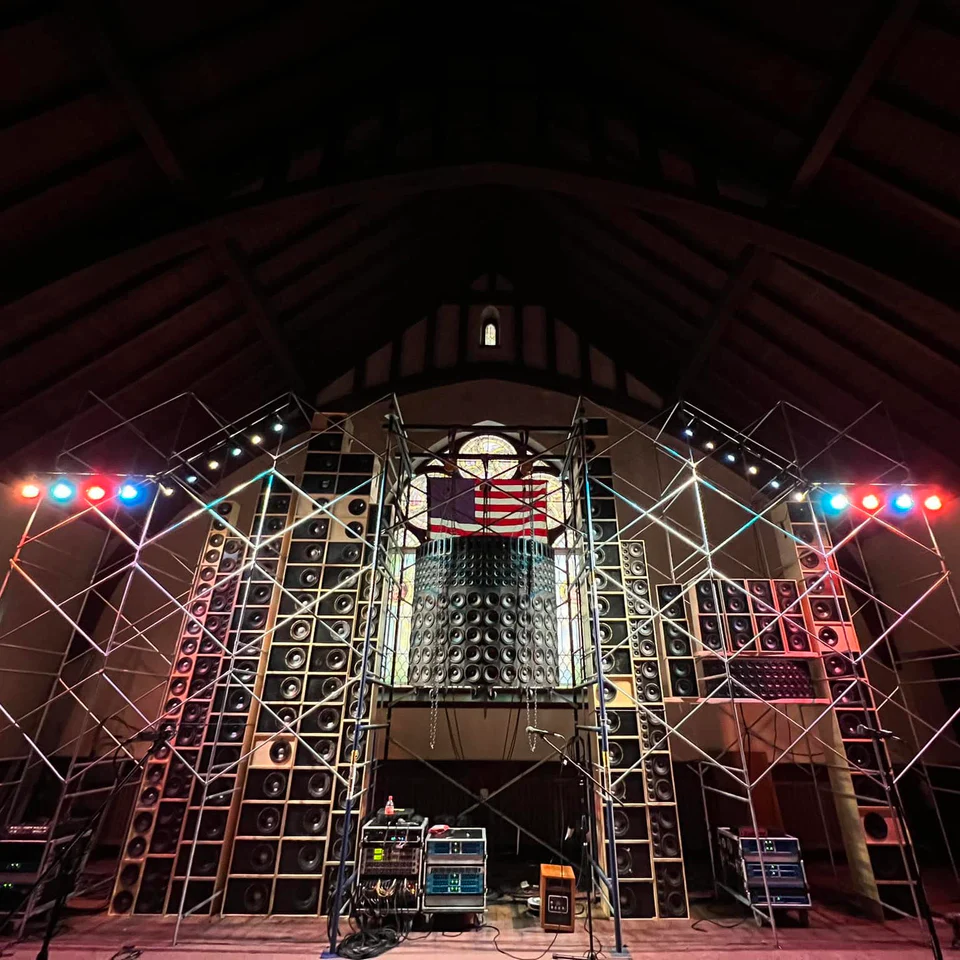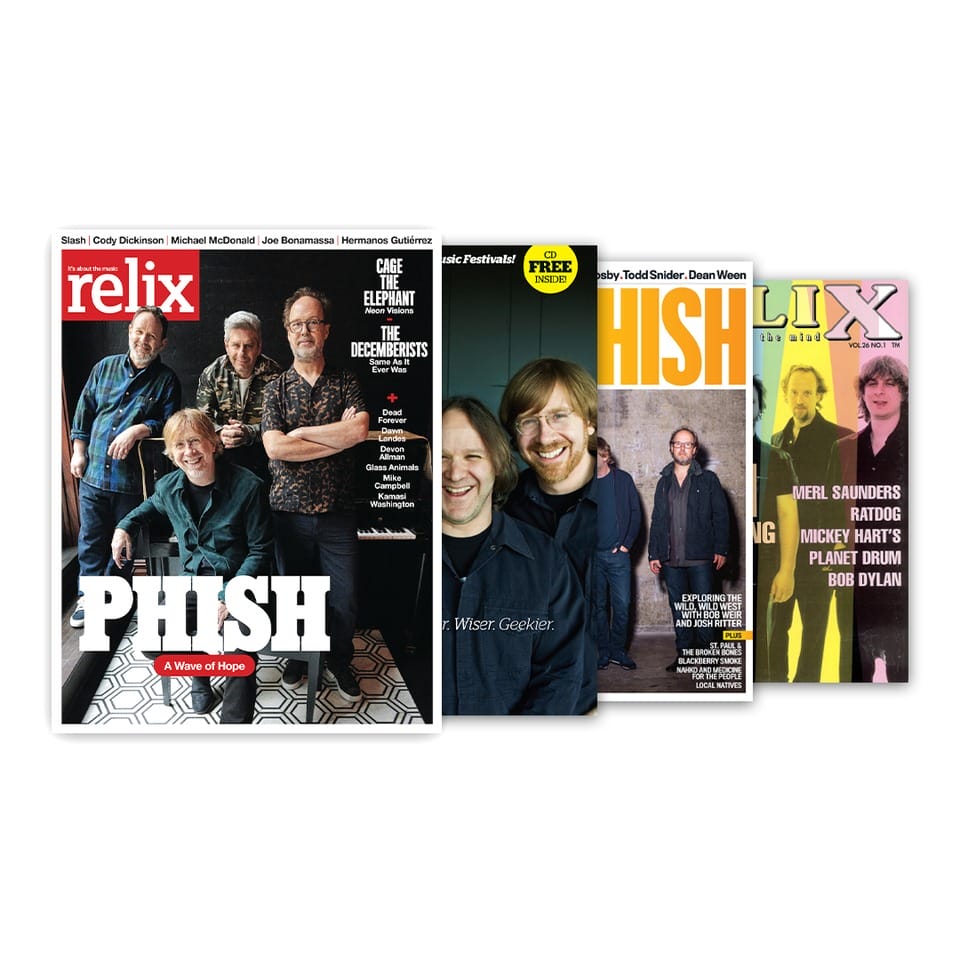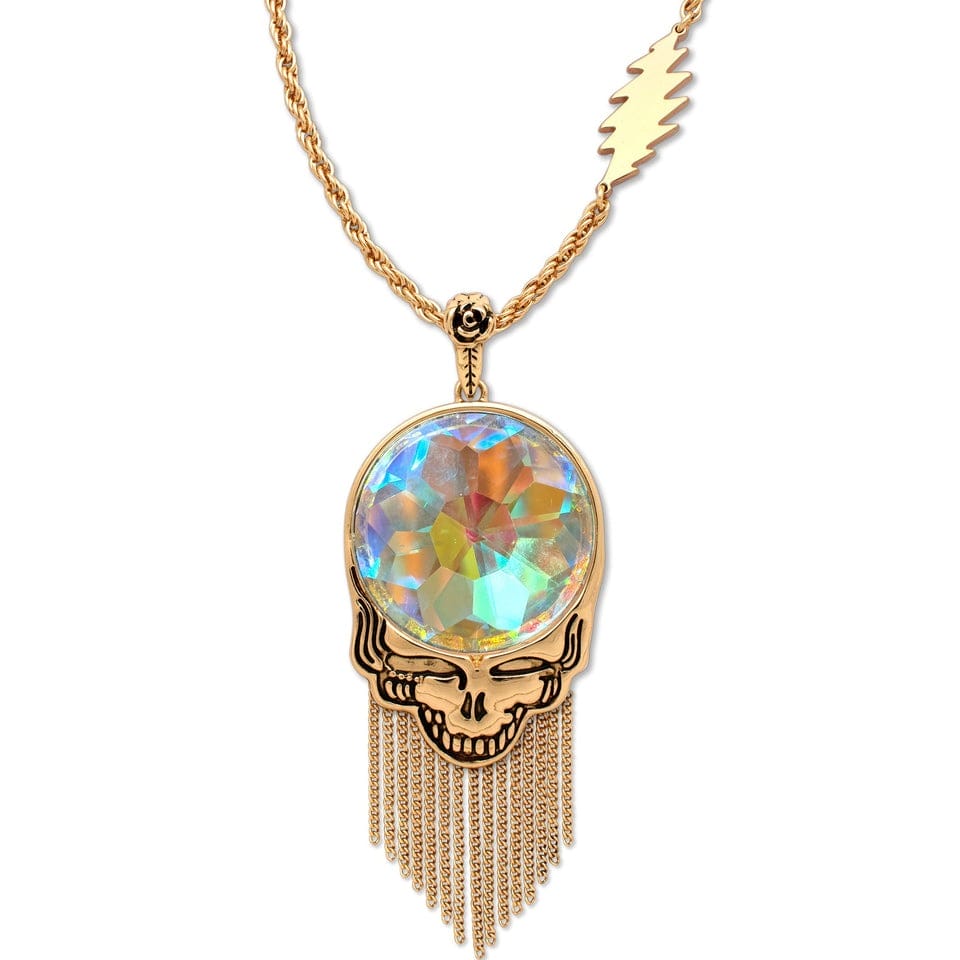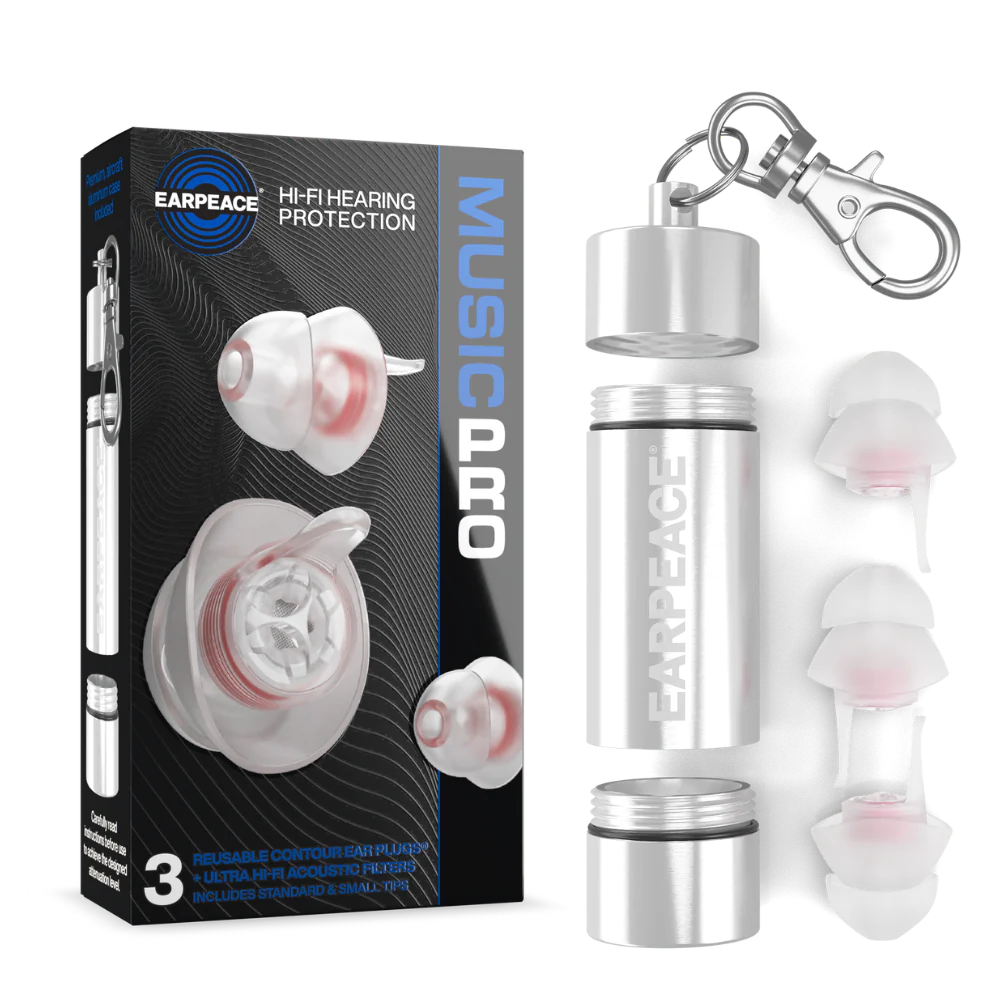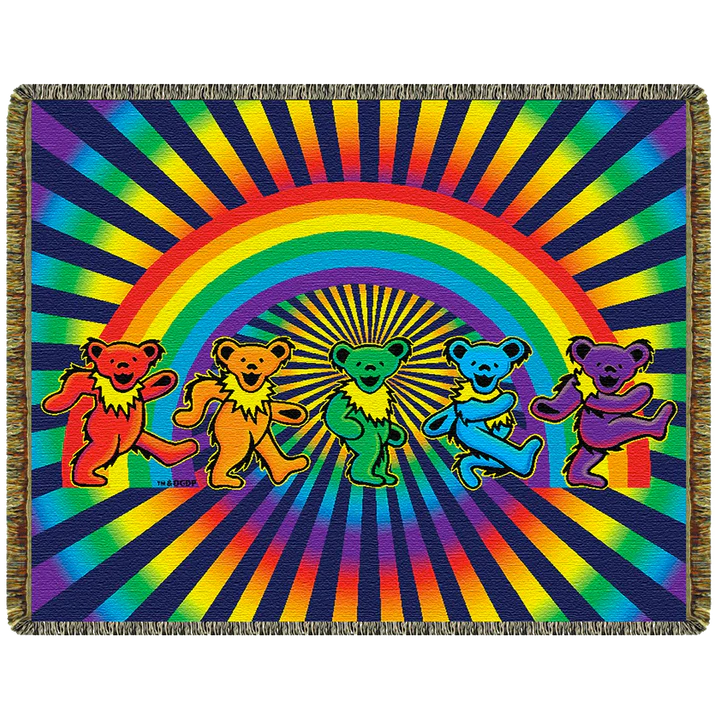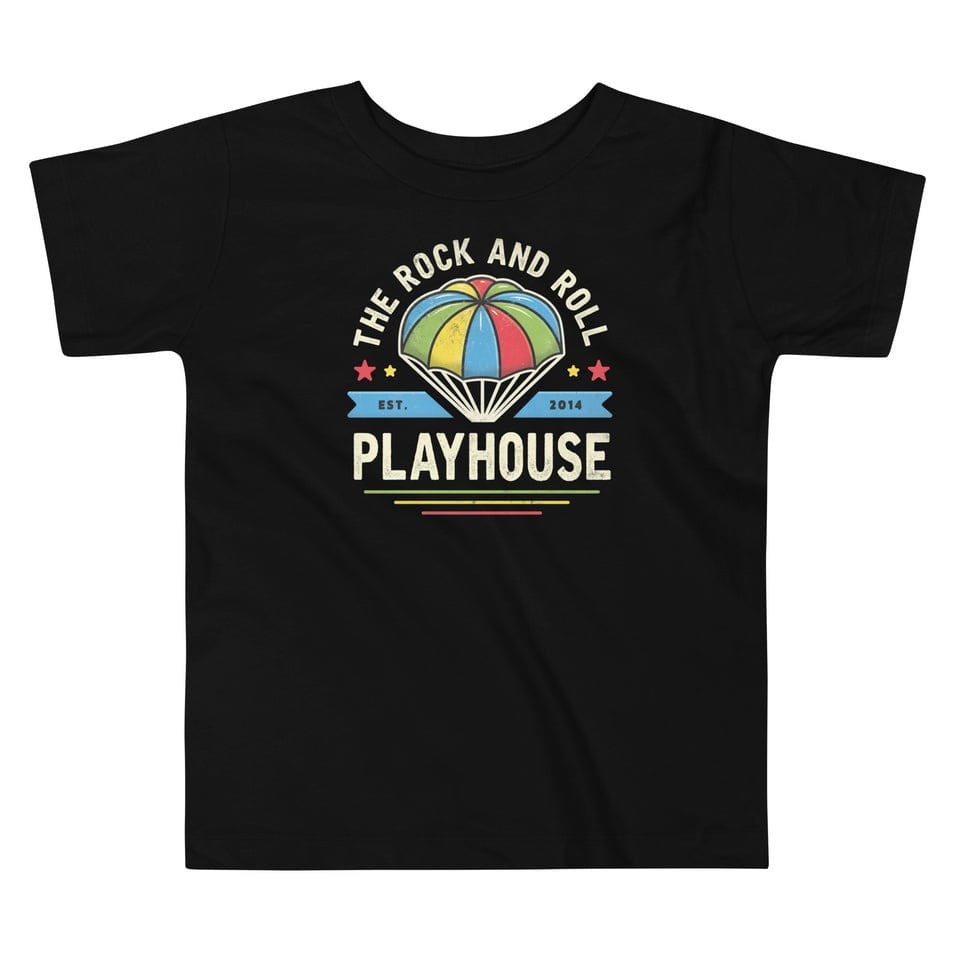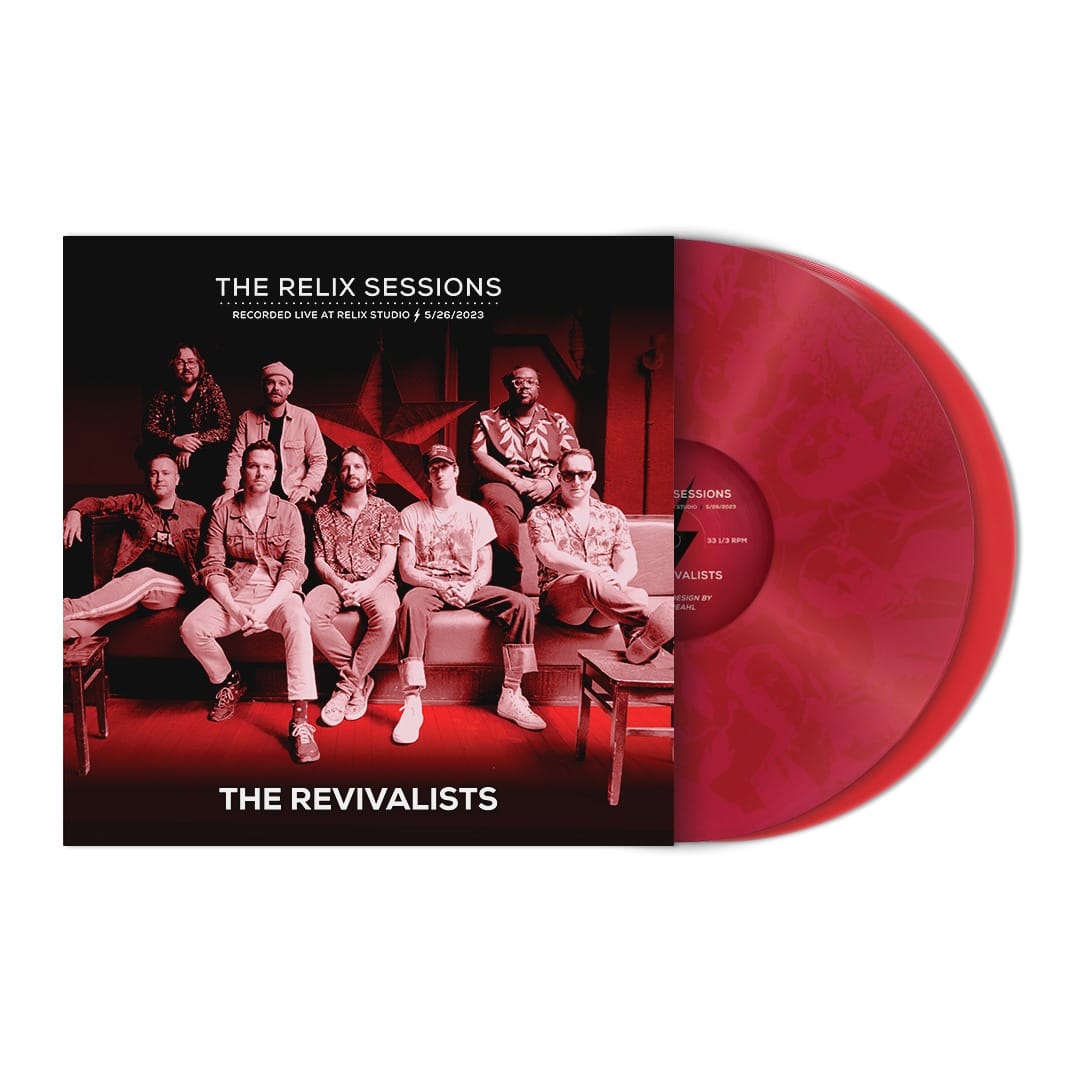Spotlight: Jake Shimabukuro
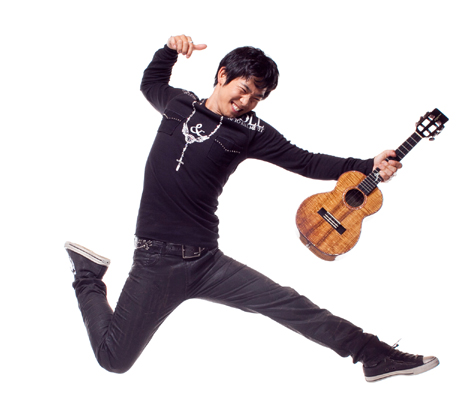
Photo by Merri Cyr
For most of its life, the ukulele has been treated as a second-class citizen, relegated to traditional Hawaiian music or shunned as a mere novelty – Tiny Tim, anyone? That was all before the 35-year-old, Honolulu-born Shimabukuro started racking up millions of YouTube hits for his solo uke covers of tunes like The Beatles’ “While My Guitar Gently Weeps” and Queen’s “Bohemian Rhapsody,” before music magazines started dubbing him the Jimi Hendrix of his chosen instrument, before Eddie Vedder name-checked him and the likes of Béla Fleck and The Flecktones, Yo-Yo Ma, Jimmy Buffett and Bette Midler requested his presence for collaborations. Before he played for the Queen of England. “It all blows me away,” says the easy-going Shimabukuro. “I feel very fortunate.”
Those fortunate enough to grab a listen to Shimabukuro’s new release, Grand Ukulele – he pronounces it as most native Hawaiians do, ooka-LEH-lay – will understand the fuss immediately. On original compositions like “Gentlemandolin,” “Ukulele Five-O,” “Island Fever Blues” and “Missing Three” (so named because it’s played on only three of the instrument’s four strings), and on covers of Sting’s “Fields of Gold,” the timeless “Over the Rainbow” and Adele’s “Rolling in the Deep,” Shimabukuro’s virtuosity radiates. His creativity and his ability to take something so simple and bring an unheard-of depth and breadth to it, is remarkable. If your preconceptions of the ukulele aren’t shattered, then you’re not paying close enough attention.
For Grand Ukulele, Shimabukuro teamed up with a producer who undeniably knows the meaning of the word grand – Alan Parsons whose engineering credits include The Beatles’ Abbey Road and Pink Floyd’s Dark Side of the Moon.
“He came to two of my shows,” says Shimabukuro, “and said he would be interested in producing a project of mine. Who wouldn’t say yes to that?! The following week he invited me to his studio in Santa Barbara and we laid down a few tracks to see how we worked together. We decided to dive right in and do a whole record.”
Considering that Parsons is well known for large-scale productions – including his own catalog with the Alan Parsons Project and as a solo artist – Shimabukuro was surprised that the English legend wanted to keep things uncomplicated. “I thought he would want to put a lot of effects on and create all this ambience, but he’s so musical and he wanted to keep the natural sound of the instrument,” Shimabukuro says. “He wanted me to arrange all the ukulele parts as if I were playing it solo and to add the other instruments around it; he didn’t want the other parts to cover for the ukulele.”
Parsons did opt for a 29-piece orchestra on some tracks, but he insisted on recording live in the studio, with the ukulele man separated from his accompanists only by a glass door. There aren’t any overdubs on the entire record.
“We all played to the conductor,” says Shimabukuro. “We recorded all of the orchestra stuff in one session. Alan comes from that old-school way of recording. I loved it because there were so many spontaneous things that happened between the ukulele and the strings. We all followed each other. It’s very subtle but it’s magical what happened.”
That adjective can be applied to Shimabukuro’s entire career to date. He started on the uke as a small child, playing the three or four chords used in most Hawaiian traditional music. But by his teens, he was wondering what else he might be able to do with his axe. “I started to experiment with guitar riffs,” he says, “for example ‘Sunshine of Your Love,’ or a Jimi Hendrix lick or The Beatles or Jeff Beck. That completely changed the way I approach the ukulele because I thought it would be so cool if I could play songs like that.”
Shimabukuro has been credited by some with sparking a burgeoning interest in an instrument that few took seriously before. In his typically humble manner, he shrugs that suggestion off. “I’m always honored and touched,” he says. He’s flattered by the attention but is more interested in “moving forward and coming up with the next idea. For me, the most important thing is to have fun.”
And what advice does he give to others who’ve been eyeing a uke? “Just pick it up and do whatever you want. That’s the beauty of it. There’s no wrong way to play it.”


